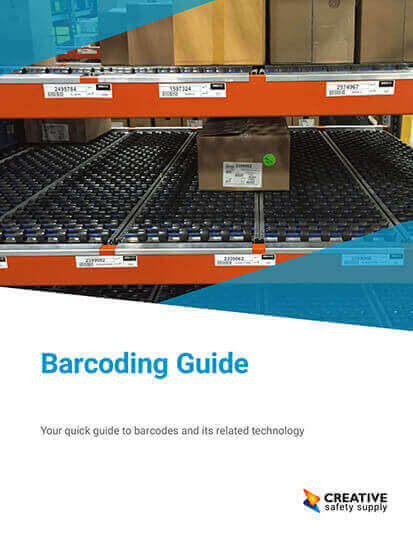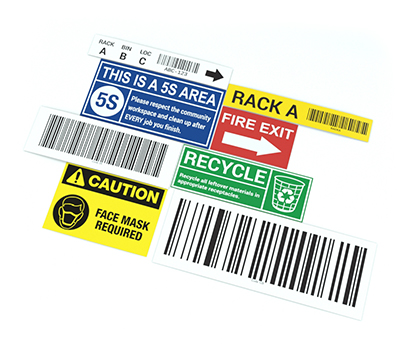
Efficiently being able to track and manage inventory is vital for a business, whether that be a large manufacturing facility or a small, family-run store. By being able to control costs, utilizing barcodes helps a business closely analyze their sales to maximize efficiency, improve customer satisfaction, and grow their business. In this article, we discuss some key examples of how barcodes can be best used in inventory management.
Tracking inventory
By assigning every product a unique barcode which corresponds to information about the product in the inventory database, the stock levels will be accurately tracked. The system updates in real-time when items arrive or are sold, instantly updating the inventory records without the need for manual data entry. For example, when a product barcode is scanned at the checkout of a store, the item is automatically deducted from the inventory count so businesses always have an accurate reading of their exact stock levels.
Accurate reporting
The data collected through scanning the barcodes can be imported into inventory management software, replacing the need for time-consuming (and error prone) stock counts. This data can be used to pull comprehensive reports on stock levels, costs, and comparisons against previous periods. This process provides valuable insights for the business, helping them make informed business decisions and more accurately forecast for the future.
Automated reordering
It is possible to set up a predetermined level which prompts the system to generate an automatic reorder request when the inventory level for a particular item falls below it. For example, the barcode system may trigger a real-time alert when stock for each product goes below 10%, prompting the reordering of the product before the stock levels become critical. This method helps businesses avoid running out of certain products, meeting customer demand to avoid disappointment or ensuring manufacturing processes are not delayed through falling short of materials.
Asset control
As well as being used to manage stock, barcodes can be a powerful tool to use internally. Many businesses assign their assets a unique barcode, whether that be tools or vehicles, so they can be better managed. When scanned, this barcode can provide useful information such as the location in which the item should be stored after use, the maintenance history, and a timetable for upcoming use. This is a good practice for assets such as vehicles which are used by multiple employees, allowing time slots to be booked for maximum utilization.
Stock rotation
In certain industries, stock rotation is necessary to ensure products are within their expiration date and to prevent waste. For example, the food and pharmaceutical industries would utilize stock rotation to prioritize the sale of older stock before they become unusable. Barcodes help to automate the stock rotation process by storing information about the expiration date so employees can identify any products that are close to or exceeding their date. These products would then be moved to the front of the shelves to encourage customers to buy the products which are reaching the latter end of their lifespan.
Similar Questions
- How is barcoding used in inventory management?
- What happens when a Barcode is scanned?
- How can Barcoding Reduce Costs?
- What is in a warehouse barcoding system?
- What can barcoding be used for?
- What is RFID asset tracking?
- How are Barcodes Generated?
- Where are Barcodes Commonly Used?
- What are the benefits of using barcodes?


